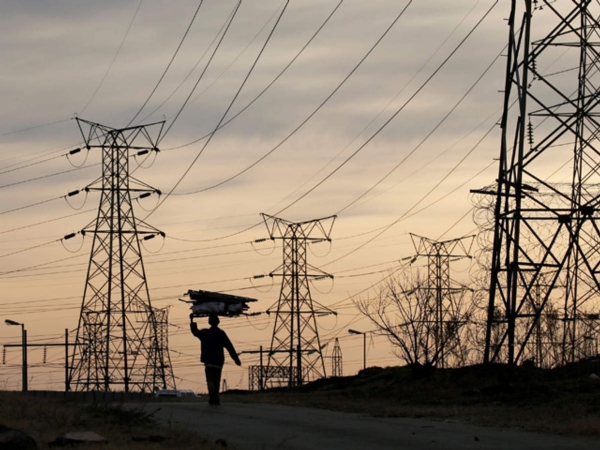Electricity Diplomacy 2.0: India plans ‘Power Blow’ to halt Chinese advance in Southeast Asia
Total Views |
India is exploring using its expanding renewables capacity to strengthen regional diplomatic engagement with Southeast Asian countries via Myanmar and Thailand.
The grid links, which an industry expert estimates will take at least four years to construct, are part of India's plan to begin trading power with Middle Eastern countries like the United Arab Emirates.

The sources, who also included four officials from the electricity ministry, declined to be identified since the previously unknown plan has not been made public. The union power ministry did not react quickly to a request for comment.
The administration of Prime Minister Narendra Modi has been attempting to build tighter political and economic connections with its neighbors in order to counter China's rising regional dominance.
At the present Group of 20 (G20) ministerial meetings in the Indian state of Goa, Indian energy authorities are conducting solo and group conversations with certain nations on developing regional power grid interconnections, according to power ministry officials.
According to one ministry official, support from G20 members is critical to gaining support from lenders and developers when making investment decisions.
EDF did not reply to a request for comment.
"Once we are able to connect India's national grid to Burma (Myanmar), we should be able to strengthen the grid there and further transmit to Thailand and even Asia's east," said an industry official.
While cross-border grid links have attracted investor and government attention in places ranging from Europe to Southeast Asia, the escalating cost of laying undersea cables, skyrocketing raw material costs required to update networks, and geopolitical concerns have cast doubt on their feasibility.
For decades, ASEAN members have attempted to establish a regional grid to enable international electricity commerce, but progress has been restricted to bilateral agreements between nations.
India intends to increase its renewable and large hydropower capacity to 500 gigatonnes (GW) by 2030, up from 177 GW now. Solar parks are likely to account for a significant portion of the increased capacity.
According to ministry officials, the endeavor might help reduce reliance on fossil fuels by making solar electricity available for longer periods of the day.
Transmission tariffs on power provided via a linked regional network are a major concern, according to the second ministry source.
Interconnections would be made both beneath the water and on land, with renewable energy integration aided by pooling resources from throughout the area, according to the same official.